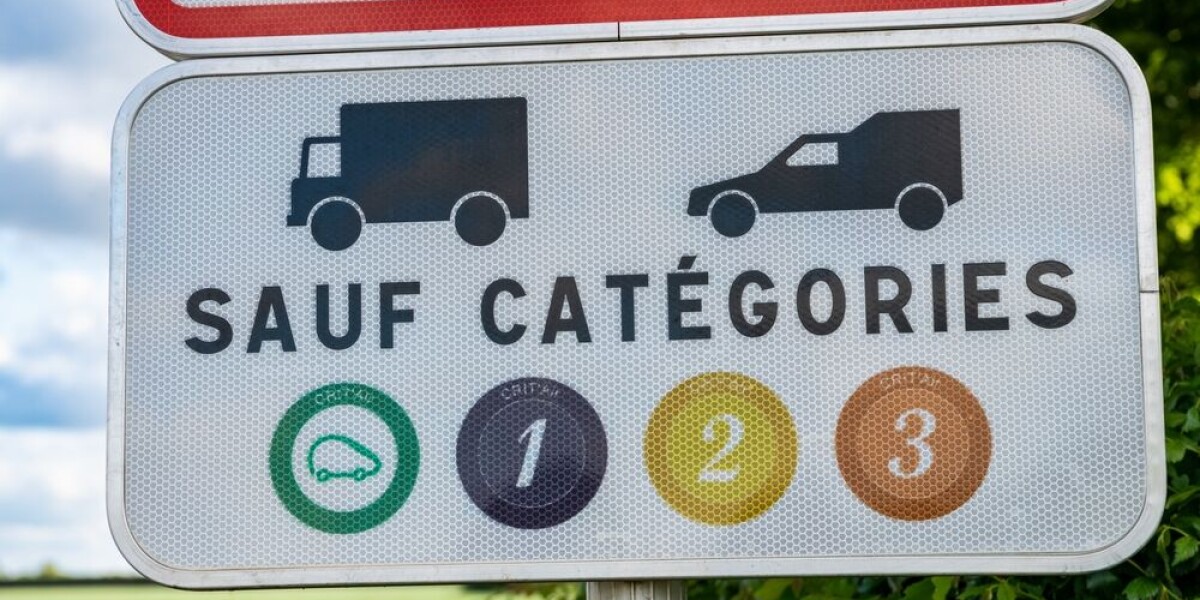
Mps push to remove low emission driving zones in france
- Select a language for the TTS:
- UK English Female
- UK English Male
- US English Female
- US English Male
- Australian Female
- Australian Male
- Language selected: (auto detect) - EN
Play all audios:

CRITICS SAY THE ZONES PENALISE LOWER-INCOME HOUSEHOLDS, BUT THE GOVERNMENT HAS WARNED ABOLISHING THEM COULD COST BILLIONS Some MPs in France want to abolish low emission zones (zones à
faibles émissions, ZFE) as they say the zones penalise lower-income households; but the government has warned this could cost €3 billion. At the end of March, the special commission tasked
with studying the “simplification” of ZFEs voted to abolish the zones. ZFE AIMS ZFEs are intended to encourage drivers to switch to less-polluting cars, and minimise driving in town and city
centres in a bid to improve road safety and reduce air pollution. They were first introduced in 2019 and aim to reduce the presence of fine particles, which health authority Santé Publique
France states are responsible for respiratory diseases and 40,000 deaths per year. Currently, ZFEs limit the circulation of Crit'Air 3 vehicles (diesel cars registered before 2011 and
petrol cars registered before 2006). Read also: Make sense of Crit’Air car stickers in France However, critics say that the zones penalise lower-income households, forcing drivers to invest
in newer cars and/or charging those who cannot afford to upgrade. Read also: Confusion over low-emission driving zones in France Read more: 2025 MAP: France's new clean air driving
zones and their rules The government (namely the Ministry of Ecological Transition) has advised that the ZFEs should stay, but a group of MPs - in addition to the special commission - have
called for (and voted for) their abolition. ‘COST OF UP TO €3 BILLION IN EU FUNDING’ Yet, the Ministry has also warned that abolishing the zones could cost up to €3 billion in European
Commission subsidies, would “send a negative political signal”, “call into question the subsidies already obtained” and “expose France to a repayment risk of up to €1 billion”. The European
Commission could also “consider this cancellation as a cancellation of commitments, which would jeopardise future payments” from the EU under the plan national de relance et de résilience
(PNRR), said the office of Minister Agnès Pannier-Runacher. The PNRR allows France to receive €40.3 billion in European subsidies until 2026, “provided that it respects certain commitments”,
with €3 billion set to be paid in 2025. Implementing ZFEs is one of the conditions and objectives required when claiming European aid, and Brussels is currently evaluating France’s level of
compliance, to see whether it will qualify for the aid in 2025.
